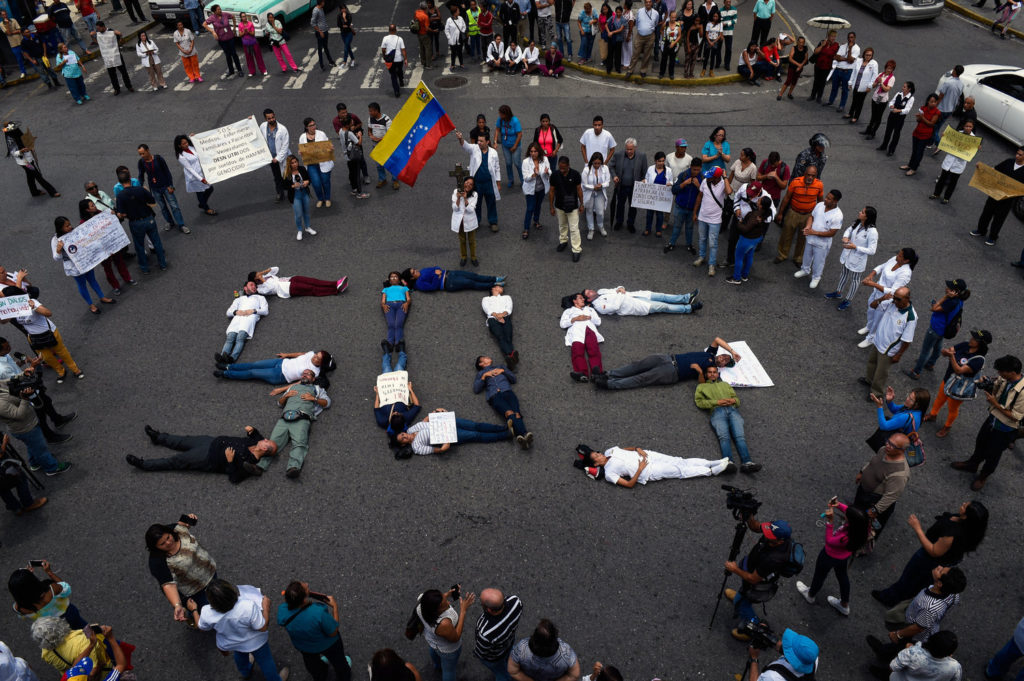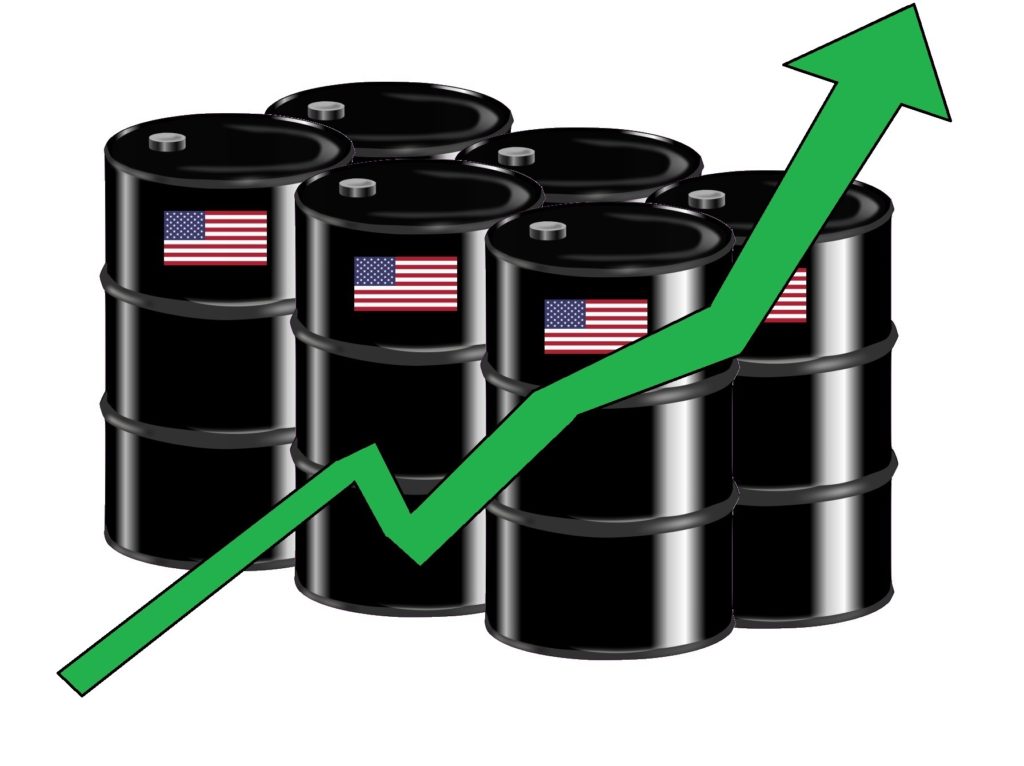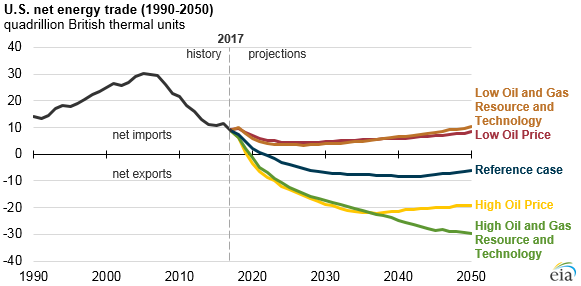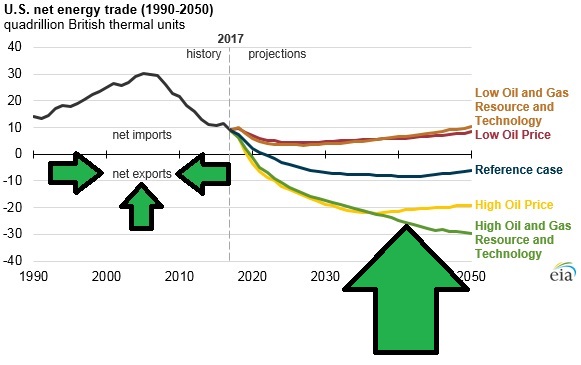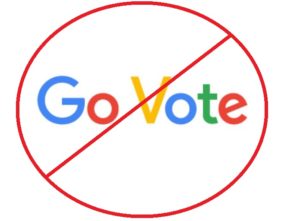Optimizing Our Government

I once joked that there must be a Japanese word somewhere for the visceral enjoyment of seeing your current political party torn to shreds after performing pitifully in office. With the general poll numbers that we’re seeing, if there is such a word I think that word might soon become a loan word to the English language.
In a previous blog post, I stated that solutions to address the national debt can only be deemed credible if they actually have a reasonable chance of being accepted by both major parties. In the days since that blog post, just as in the days before it, we have seen what we always see: politicians basically talking past each other, touting pet policy ideas that are or will be dead on arrival.
But what’s truly remarkable is the number of credible solutions you can actually come up with off the top of your head, without even putting that much effort into it, and how our so-called leaders in Washington somehow can’t operate similarly.
So without further ado, here are my top 5 government optimizations that are indeed credible national debt solutions. I will list them in order of increasing impactfulness.
- Scrap the televised State of the Union. This now-painfully-outdated requirement in the Constitution has slowly mutated into the absolute biggest waste of time and money in America. A perfunctory written report from the President to Congress would satisfy the requirement. It’s time to trim the fat!
- Create a national workforce administration to intelligently utilize prison labor, with the goal of offloading government projects and government work to prison inmates. This is a win/win. Prisoners represent a large, untapped labor pool. For each individual prisoner, it would provide a positive, constructive purpose; a way to create a bigger, better résumé while serving their sentence; and presumably a merit system that could reduce their sentence. For the federal government, it provides cheap labor to throw at federal projects that would otherwise be more expensive. They could also accept bids from state and local governments for use of the labor, and the state and local governments would benefit in the same manner. The same type of workforce administration could possibly be devised for homeless U.S. citizens, and it might be wise to keeps these two administrations tightly coupled; inherent differences would probably prevent them from being merged completely.
- Create a national workforce administration to intelligently utilize military personnel, with the goal of offloading government projects and government work to military personnel. Same as solution #2 above, but with the following specific differences. In order to receive college benefits and any other negotiated enlistment benefits, military recruits must perform 3 months in the workforce service on the back end of their military service. The requirement gets waived if the individual is seriously injured, has served in an extensive number of active tours, has his enlistment lengthened, or satisfies the 3-month requirement during the main enlistment time frame. The idea behind that last clause is that if soldiers are stationed somewhere (e.g. Germany or the Middle East), and it’s deemed that the peace-time situation does not require a full presence at all times, then some soldiers can be cycled out to perform some or all of their workforce duty within their regular enlistment period. During times of peace, this should provide a major windfall for this prospective workforce; in times of war, the impact wouldn’t be as great and might be zero.
- Monetize state assets via advertising. Yes, some things like the front of the White House should be off limits. But other things – like the exterior sides and certain interiors of a Navy destroyer – must be open for discussion. Money has to be balanced with dignity and function. Sports stadiums figured it out decades ago. Why is our government behind the curve?
- Create a National Monument of Debt Philanthropists and Heroes. If I can walk into a hospital and see the silver, gold, and platinum donors for some pet project at that hospital, why can’t a find a way to donate to solve the federal debt problem? If I can visit monuments dedicated to war heroes, why can’t we create a monument dedicated to those citizens who might help us avert a financial defeat? If we created a simple mechanism by which corporate, group, individual, and anonymous donors could provide tax-deductible donations to be used only for national debt obligations, and also provided visibility and status for the greatest among those philanthropists, those donors will eventually donate a significant amount of money.
I think this last one is interesting to brainstorm a little. You want micro-donations, and you also want mega-donations. So create a monument space catering to both donation sizes.
For micro-donations, you have an enormous, next-generation TitanTron-esque digital display. In front of the TitanTron, you have a sprawling landscape for picnics and BBQs. People who submit micro-donations online can submit their name. For larger donations, they can upload additional text (e.g. quotes, shout outs, etc). Perhaps a picture for larger donations, and possibly even video for the largest micro-donations. Video content above a certain time length requires an additional donation. And for a few dollars more, they can have their content displayed completely ad-free. In return, they receive access-code/log-in information that can be used to always determine the next day and time that their content will scroll across the Individual Heroes TitanTron. Then, you can make a trip out of it – vaguely like the Mecca pilgrimage. Take your family and friends to Washington D.C., see the standard attractions, and then have a BBQ picnic just in time to see and take selfies with your Individual Hero name/picture/video for 10 seconds or so, of course with important Washington D.C. buildings and monuments perfectly framed in the background. Artists can bid to have their music played when non-audio content is displayed; of course free music can also be used. If the people-watching aspect of the TitanTron content ever took on a life of its own and started drawing big enough crowds, you could even charge a small fee to enter the park, and of course add a gift shop. (People who are scheduled to have their content displayed on that day always get in free.) And of course, you can brainstorm any number of secondary uses for this enormous, next-generation display during very special holidays and similar events.
Then, behind and to the sides of the micro-donations TitanTron, you have the No Limit Donors park. Unlike traditional plaque-based donation systems, mega-donors will have a plaque sized to their donation size, most likely snapped to various integer values. For example, you could set it so that if someone somehow donated $20 trillion, a permanent, indelible No Limit Donor physical plaque would be built for him that is half a mile tall. Based on a calculation like that, you just scale down from there. And you aim to have a system where a good-sized rectangular square is what comes up the most often. What’s important is that you create an incentive to have the biggest.
Americans donate almost a half a trillion dollars a year, and the bottom line is the United States government is not competing for any of those dollars! If curing Cancer is worthwhile, then so is averting an grave nation-wide meltdown, which could easily lead to severe worldwide chaos. Offering personalized immortality on what would be the nation’s biggest stage is a very compelling value proposition.
If you build it, they will come!

